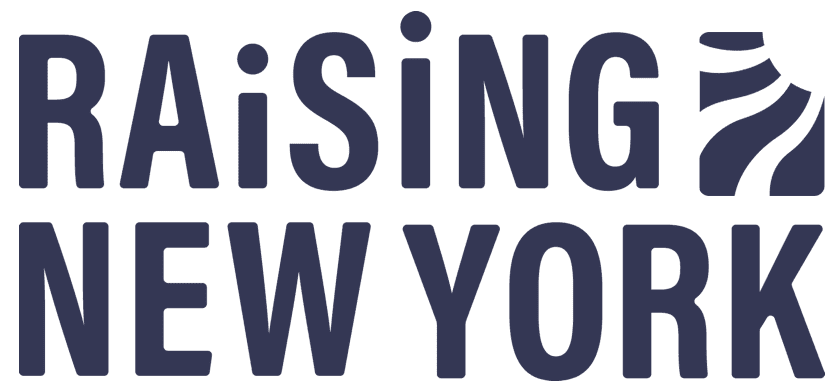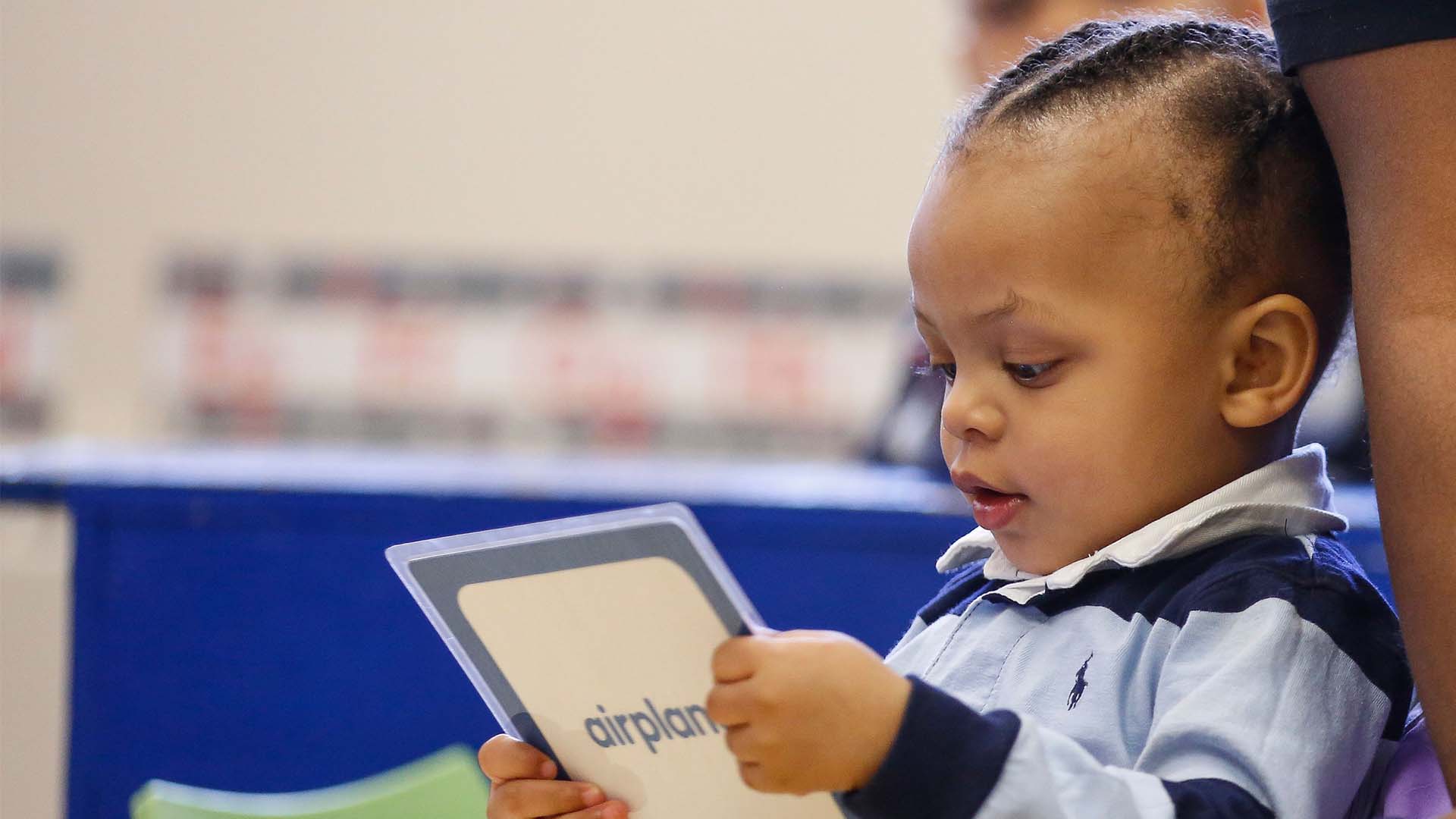When the coronavirus pandemic hit New York, providers had to transition to leading early intervention programs from in person to teletherapy tools to continue to support families. The lessons learned from this experience — whether they are strengths or weaknesses — have the potential to help improve equitable access to early intervention services for infants and toddlers in New York.
On Tuesday, October 19, the Raising NY coalition hosted a virtual roundtable where parents, providers, and other key stakeholders discussed their experiences with early intervention telehealth services and where New York State can go from here.
During the event, families and providers explained how they adapted to this new model, including the challenges they faced from a lack of internet access, scheduling and/or technology issues, a demanding time commitment, and more. Notably, parents and providers shared how a number of families also did not opt in to telehealth services in lieu of in person visits. On the flip side, some families experienced positive outcomes — such as foregoing traveling to an appointment, involving siblings in a therapy program, showing providers an infant or toddler’s daily routine in their home, and having access to Spanish-speaking providers.
While parents shared their lived experiences, an early childhood academic expert, public health professional, and pediatrician also spoke to the systemic implications and inequities of these experiences. Although research is limited, the panel discussed promising findings from other states that have been using telehealth for early intervention services even before the pandemic, such as providers who used a family-centered approach for telehealth saw better outcomes for children.
Many in attendance agreed telehealth could offer an opportunity for providers to reach more children — and families should have the choice to choose between telehealth, a hybrid model, or in-person services. To offer this choice, however, early childhood and early intervention professionals must gather input from families and evaluate the telehealth model and see what could work remotely and what is better for in-person therapy. Moreover, to equitably reach more children, New York State and coordinating agencies should provide families with internet access for those who need it, as well as increase the number of providers who can speak a family’s home language.
And while the need for more early intervention programs and providers is there, so is the public support — a vast majority of New Yorkers agree the state can do more. According to our spring 2021 poll, 93% of New Yorkers support investing more into early intervention and preschool special education evaluations and services for families with infants and toddlers.
To keep the conversation going on improving equity in early intervention services, we’ve summarized the main takeaways and challenges providers and families discussed in our fall 2021 event, best practices around the country, and ways you can advocate. Download our one-pager here.

